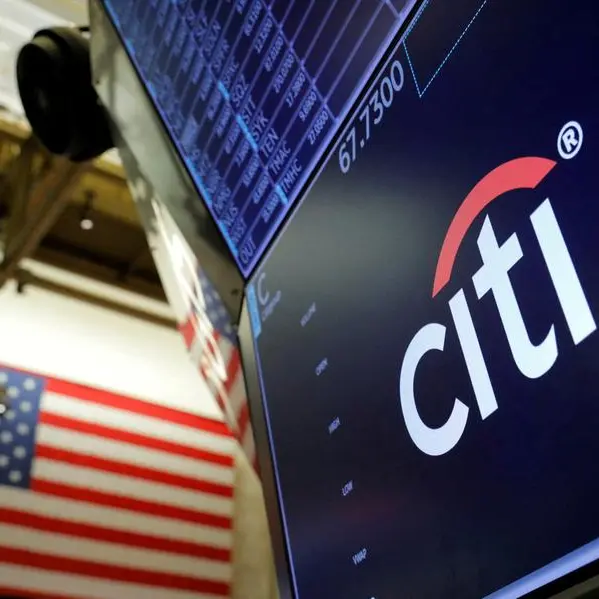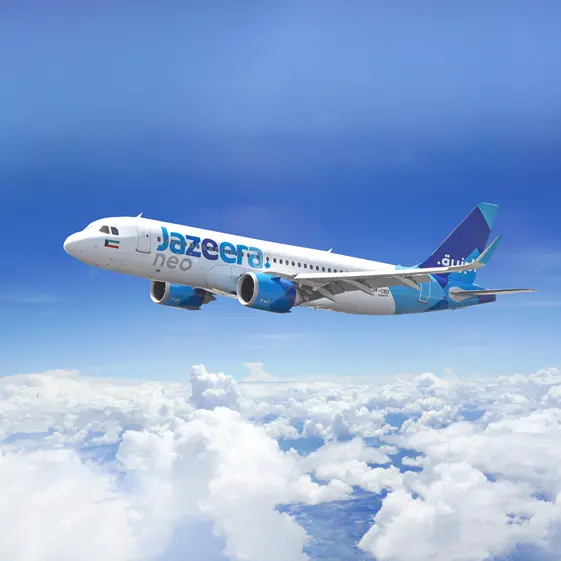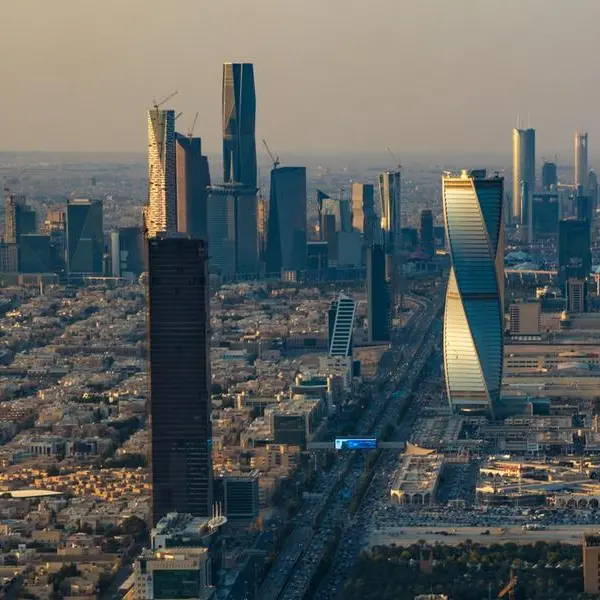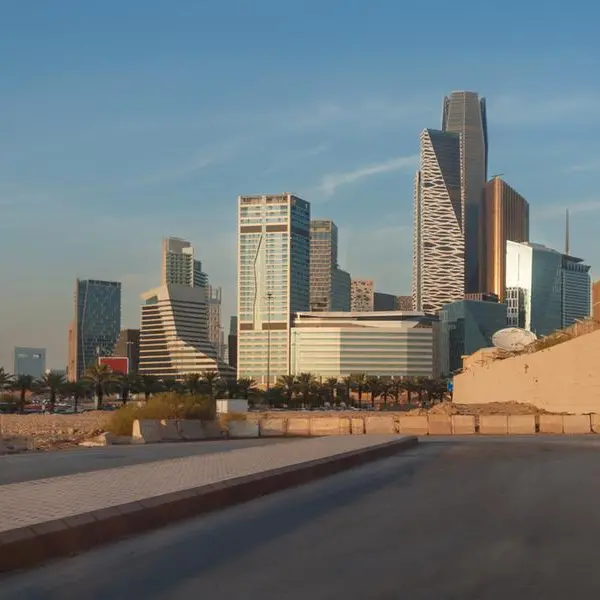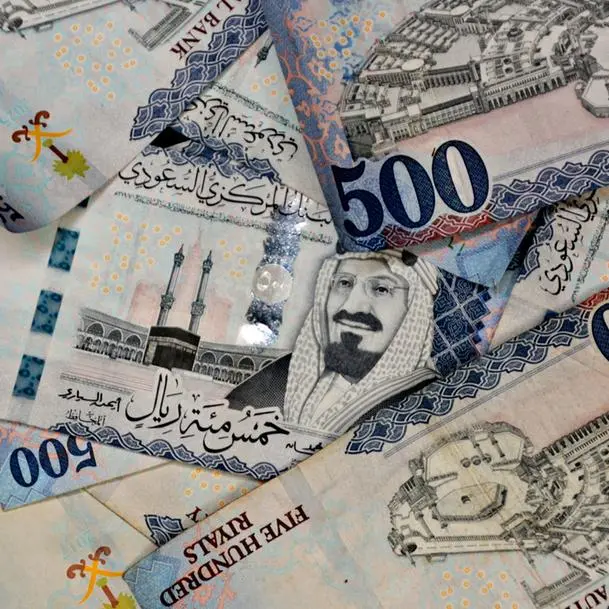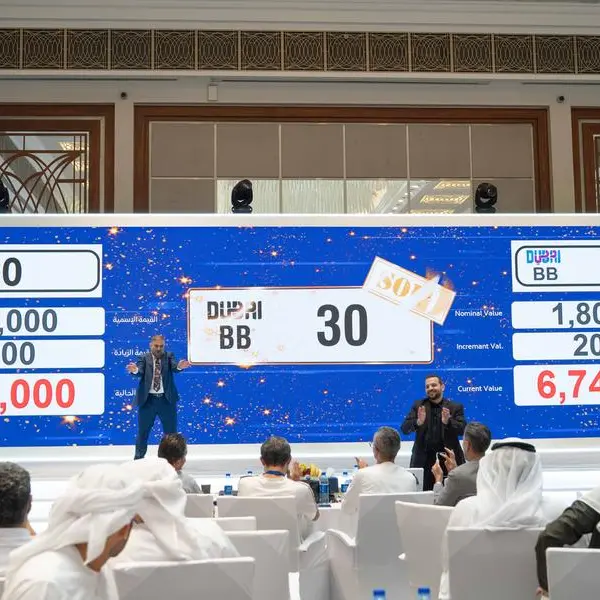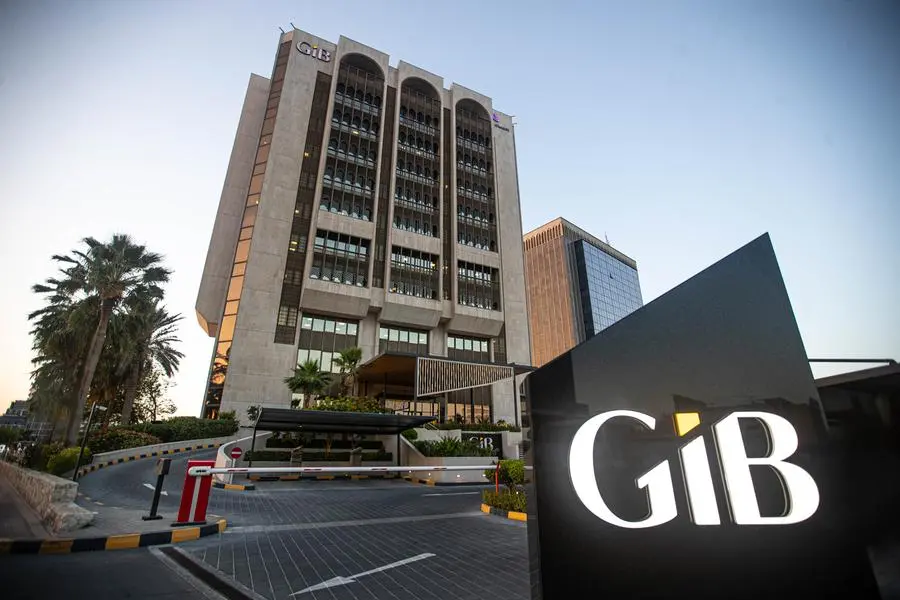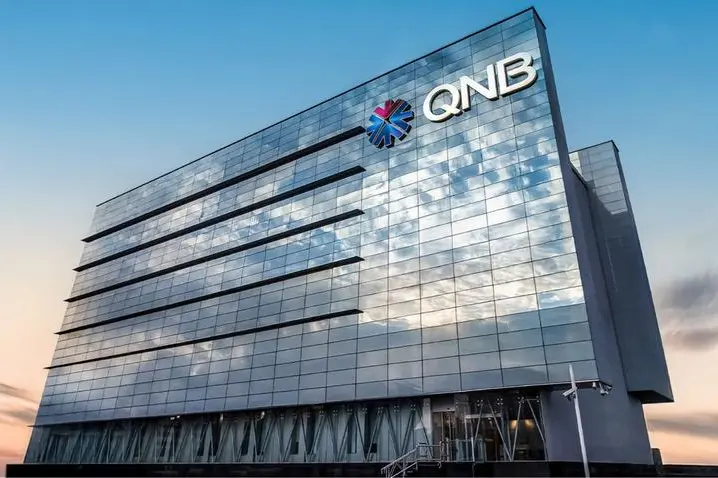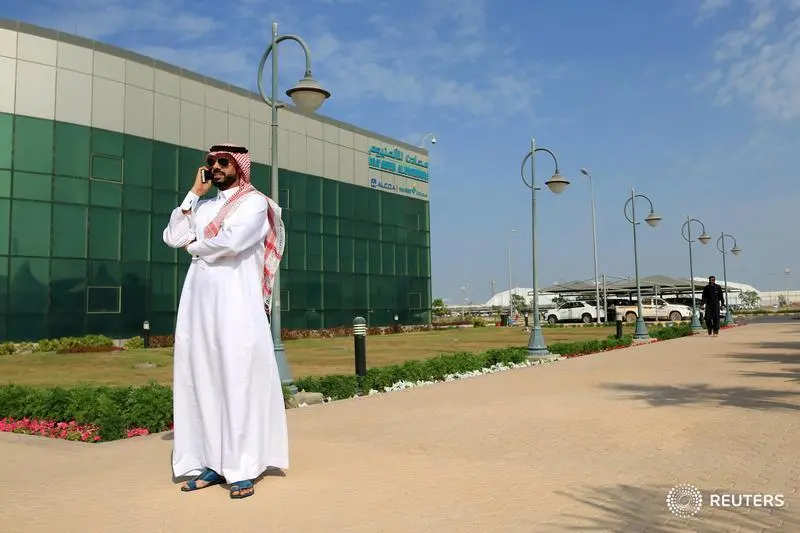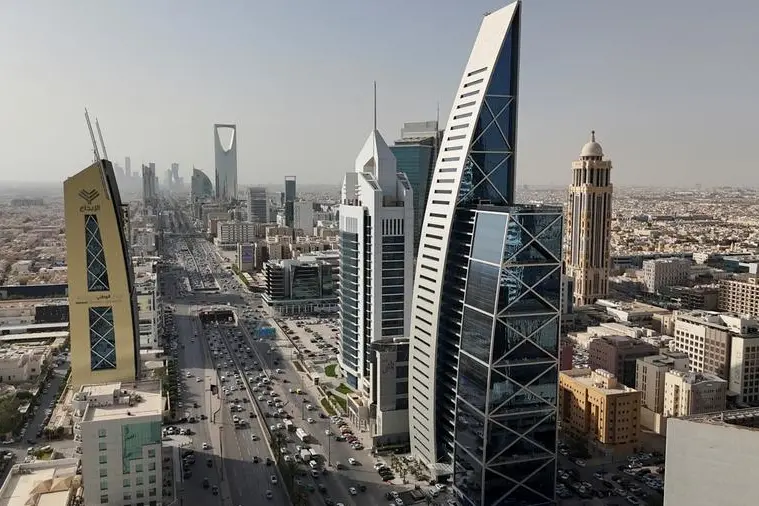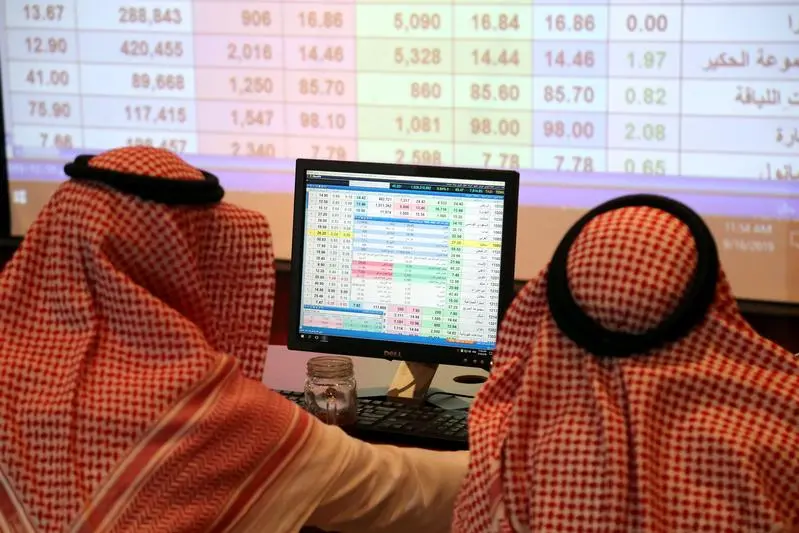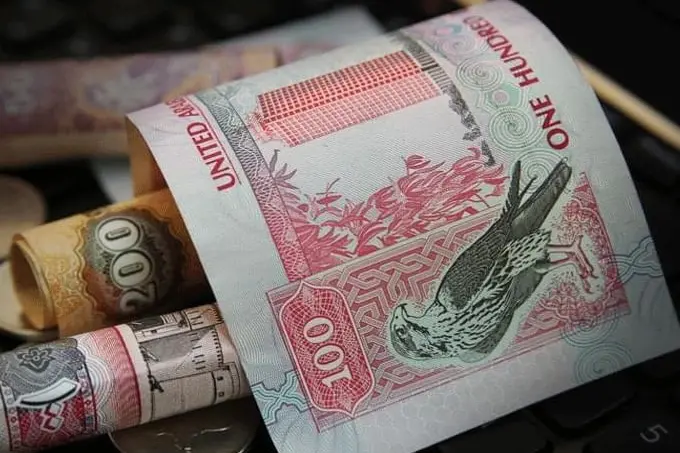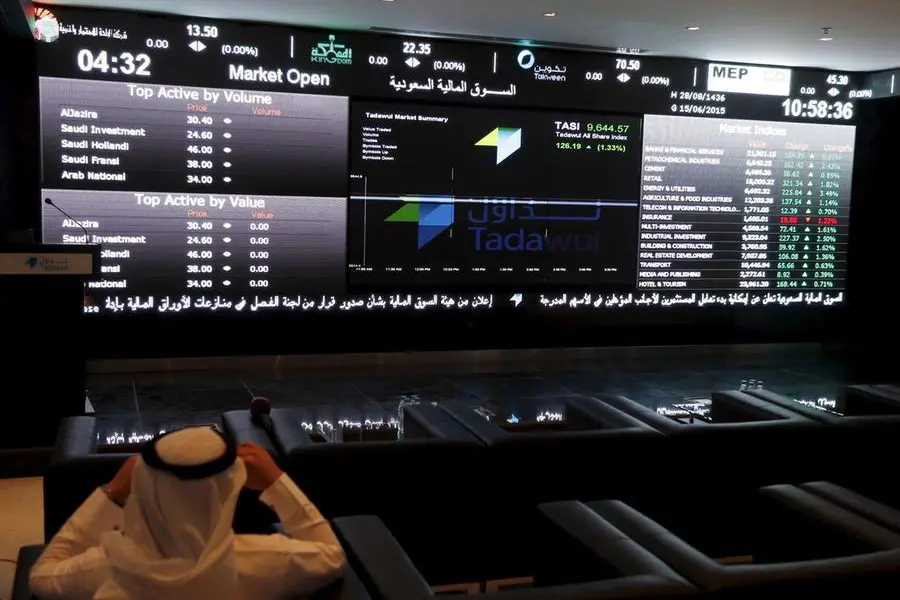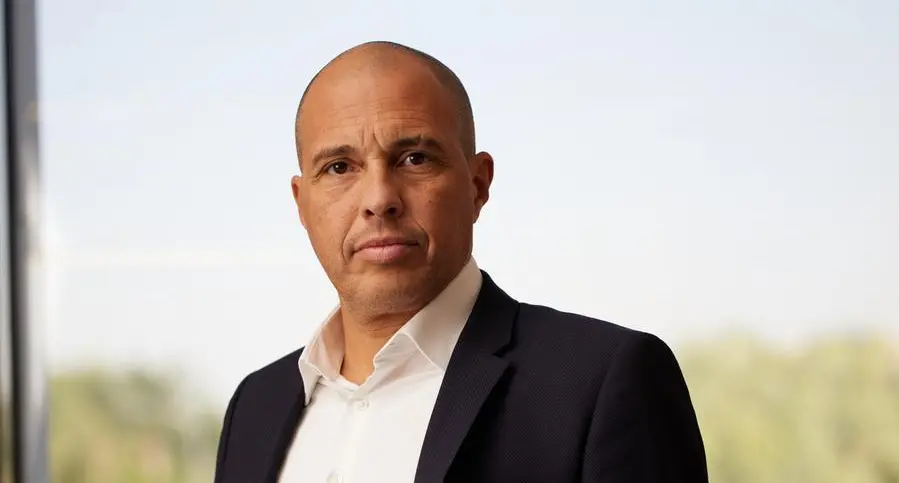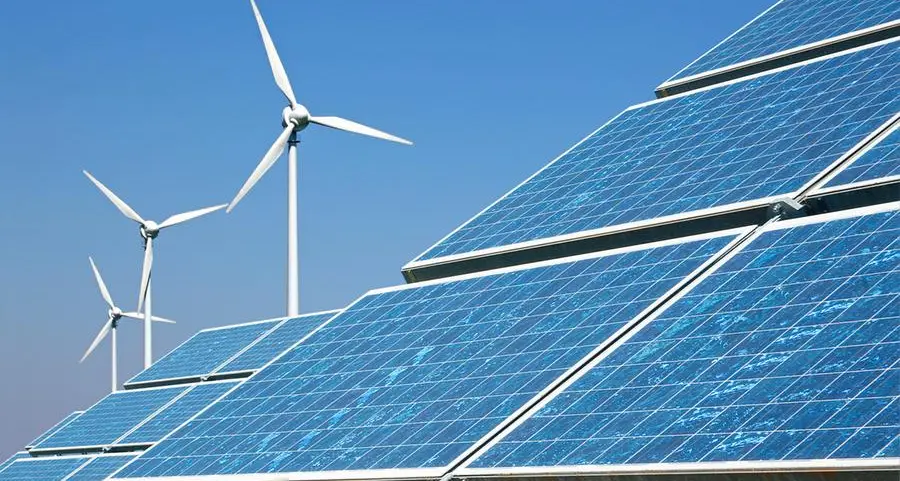Morocco needs to offer incentives to small real estate developers and contractors to address a housing shortage, with demand expected to grow by around 150,000 units each year, analysts said.
Authorities have already injected around USD 8.3 billion in the sector but it has not been enough to narrow the supply gap. The government has set a target of building 170,000 new units each year, but the industry has fallen short, with 136,147 units coming on the market last year and 114,200 built in 2012.
For their part, developers have commitments to build 900,000 units by 2020, but analysts believe the industry will fall short of its target.
Morocco's housing market crashed during the global financial crisis, after a prolonged boom period which witnessed massive investment in the sector and more relaxed policies to market the North African country as an alternative destination for wealthy retired Europeans.
UAE's Emaar Properties has dipped its toes in the country at the high-end segment with villas in Amelkis Resorts, its flagship master-planned community in Marrakech. Other Emaar projects in the pipeline include Tinja in Tangiers, and Saphira in Rabat.
The Moroccan government has also launched a program to bring affordable housing to its citizens -- offering incentives and tax breaks to developers -- in an attempt to stop the spread of slums and prevent the kind of social unrest seen around the region in the last three years.
Last month, the housing minister launched a survey of urban and rural households which would run for one year to track the impact of urbanization, a growing population and migratory flows, according to local media reports.
The Centre for Affordable Housing Finance in Africa (CAHFA) notes that Morocco has 2.8 million affordable housing units for 3.4 million low-income households, who live in informal settlements and makeshift dwellings.
KEEPING THE MARKET COMPETITIVE
However, a few large real estate developers have become very powerful and dominate the market, having a disproportionate influence on policy, CAHFA notes.
For example, Addoha, Morocco's biggest property developer by market value, accounts for almost half of the low-cost housing being constructed in the country and has a land bank of 6,000 hectares.
Al Omrane group, a government-owned holding company set up to implement housing programs, has constructed units for lower income residents, moderate-income households and also at market rates.
"The challenge for Al Omrane is to support emerging contractors and small developers to keep the market competitive and diversify the housing stock," CAHFA said.
"Other challenges in housing supply are meeting the growing demand, balancing cheaper land sites in remote locations and high infrastructure costs, and keeping units affordable when the cost of building materials and other inputs increase."
According to CAHFA, Morocco has the most advanced housing finance market in the region.
"There is a range of sources of mortgage lending, with mortgage loans to households making up 17% of GDP, and another 13.3% of GDP going toward real estate development loans. Lending for housing to individuals has been increasing at 11% per annum."
Loans can be up to 100% loan-to-value and tend to be of longer maturity of up to 25 years. Interest rates are generally fixed and low. Two-thirds of new loans were in the range of 4% to 6% per annum, compared to only 45% in that range in 2009, CAHFA noted.
ECONOMIC GROWTH
Morocco's housing sector is growing at a time when the economy is steering into calmer waters after a tumultuous period due to domestic and regional tensions and poor economic climate in Europe -- Morocco's largest trading partner.
The kingdom is under pressure from its international lenders to reduce its public deficit and, with economic growth forecast to slow this year, the government has been putting pressure on housebuilders' margins, according to a Reuters report.
"The Moroccan economy has had to contend with a series of shocks in recent years, but the worst appears to be over," said French bank BNP Paribas in a note.
"While figures for the first quarter were disappointing and growth this year will be depressed by the contraction in agricultural production, the improvement in the euro-zone economy should lead to a rebound in activity."
Reforms to the subsidy system have considerably eased pressure on public finances and the country's external imbalances have narrowed.
In addition, the IMF renewed a new 24-month, USD 5 billion credit line arrangement for Morocco. The authorities have stated that they intend to treat the arrangement as precautionary, as they have done with the 2012 PLL, and do not intend to draw under the arrangement unless Morocco experiences actual balance of payments needs from a significant deterioration of external conditions.
However, the social climate remains fragile as the authorities introduce a raft of unpopular measures, BNP-Paribas said, especially as unemployment remains in double digit and the coalition led by Prime Minister Abdelilah Benkirane has to contend with discontent on economic policies.
The feature was produced by alifarabia.com exclusively for zawya.com.
© Zawya 2014
